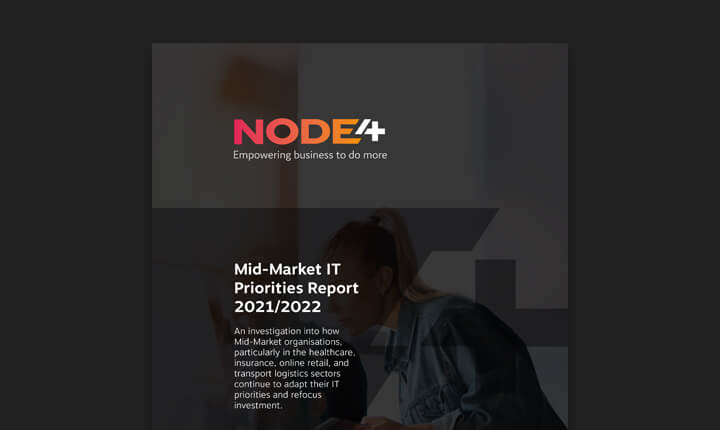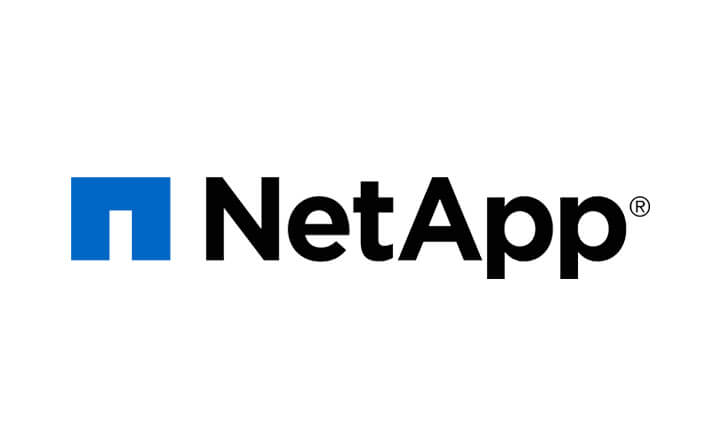According to a recent IDC report, data within the healthcare industry is growing more quickly than in any other business sector, at a compound annual growth rate (CAGR) of 36 per cent from 2018 to 2025.
With digital transformation on the agenda for most organisations, it’s unlikely data growth will slow down any time soon, and good healthcare data management is becoming an urgent priority.
[DOWNLOAD WHITEPAPER BLOCK]
The impact of a crisis
The Covid-19 pandemic has just acceleratted data growth. As is typically the case with crises, there is a lot of new data being produced, which needs to be stored, managed, secured, analysed and made accessible in new ways.
For example, telehealth has skyrocketed in the past year. In the United States, healthcare providers are seeing as many as 175 times the number of patients via telehealth than before COVID-19.
In Europe, telemedicine has also grown significantly. 73 per cent of medical specialists say they will continue to use telemedicine after the current crisis is over. Along with video appointments and consultations comes the requirement for more devices, more connections and transfers of data in new ways.
The challenges of healthcare data management
Data is growing, but so what, you may be asking? The catch is that this data must be stored in the right way, ensuring:
- Availability – more than ever, healthcare providers and their suppliers need full, near-instant access to their data to make effective decisions and provide good patient care.
- Security and compliance – healthcare organisations need to protect their patient data and themselves from the financial and reputational costs of data breaches. In the UK, they must also meet national data privacy standards like GDPR and security policies from the NHS related to storing and processing data.
- Cost-effectiveness – for many an IT leader, the cost of storage solutions is a big concern. Many healthcare organisations and their suppliers operate using siloed pools of data, stored in separate repositories, which become increasingly complex, expensive and don’t scale well for future needs.
The pressures of managing moe healthcare data, ensuring it is accessible, secure and stored in a cost-effective way, are mounting. Healthcare providers and suppliers must review their healthcare data management and consider whether there are more effective approaches.
Fortunately, data storage technology has come a long way, and if you are an organisation operating in the healthcare industry, there are various options available to you.
Healthcare data storage and retrieval options
As a starting point, it’s worth looking at how your’e storing and retrieving your data:
- On-premises – it’s tempting to store everything on-premises, where you have tighter control over security and privacy. But this may not be the best option for the long-term, as the amount of data that has to be managed and stored continues growing. This will force you to invest even more time and resource into on-premises storage environments and physical servers.
- Cloud-based – on the flip side, cloud-based storage can scale as high as required, and, as you only pay for what you need, initial costs can be lower. The only catches for healthcare providers are security and data movement. While cloud platforms have come a long way in terms of security, employing modern techniques like encryption and two-factor authentication, this isn’t enough for some workloads. With respect to data movement, public cloud providers often apply higher charges to data movement across zones or data egress, resulting in unexpected charges.
- Hybrid – For most healthcare providers and suppliers, the hybrid storage model offers the best of both worlds. The idea is you use the cloud for everything except the most sensitive data, which remains on-premises. Done right, the hybrid model protects data, while also improving access, scalability and cost.
- Storage as a Service (STaaS) – another option available to you is STaaS. An external provider owns and manages the storage infrastructure, but you have more control over dictating storage, retention and access rules. This gives you storage on-demand, in the same way as public cloud, but delivered as a more tailored service for your organisation’s requirements.
- Managed Cloud Server Provider – with this option, you engage with a Cloud Service Provider (CSP) that offers you a hybrid model, applying on-premises, cloud service and public cloud services as a unified experience, whilst reducing costs and managing complexity.
Ultimately, it’s down to you to assess whether your infrastructure can handle increasing amounts of data– but know that there are options available to you if you decide you need to make changes.
The changes will be worth it, if it means data remains secure and readily available to the staff who need it, so they can make the most informed decisions on patient care.
[DOWNLOAD WHITEPAPER BLOCK]
[SUBSCRIBE FORM]
READ MORE ABOUT…

2022 IT Priorities for Mid-Market Healthcare Companies

In Discussion with NetApp – the Future of Medical Data

